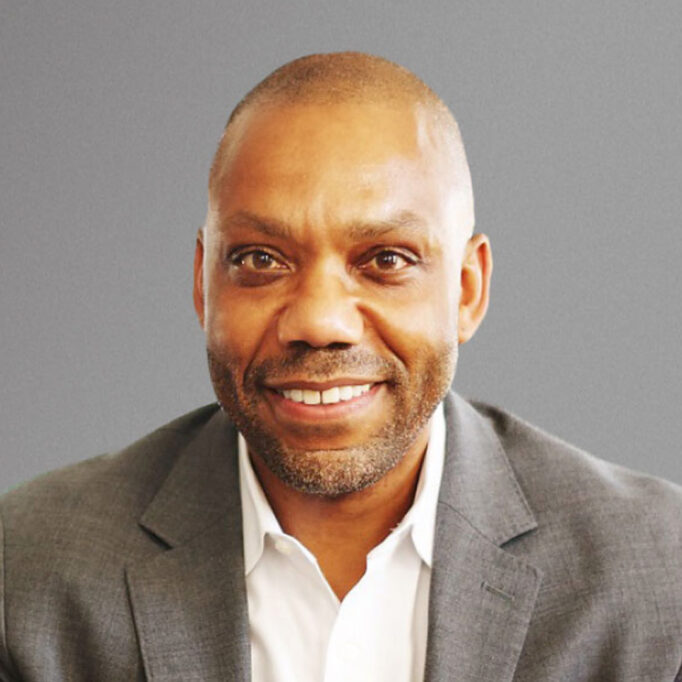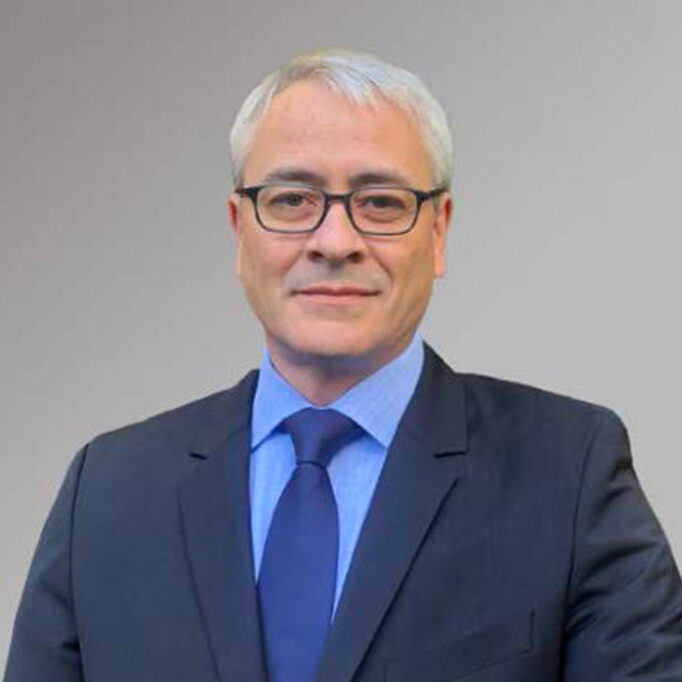To change that, the City took the necessary step of rezoning certain neighborhoods from single-family to multi-family. But “upzoning” as it’s called also increases the assessed value of properties, driving up property taxes, which tends to displace Black residents already living there.
It’s a widespread dilemma, and a growing one. Seattle, Portland, New York, and Los Angeles have a combined total of 1.7 million single-family homes. In fact, most urban housing in America consists of single-family homes. Many of them are owned by people with limited income who are vulnerable to being forced to sell as upzoning drives up their property values and taxes. Portland recently upzoned some of its single-family neighborhoods, and more cities are following suit to create more density as single-family homeowning Baby Boomers age and they or their families become more likely to sell.
But despite higher property values, selling is often not a good deal for these homeowners. They have built equity in their homes, often over many decades, but it’s a highly illiquid form of wealth. Sales forced by higher costs or the sudden need to cash out rarely bring sellers a price that reflects the home’s true value. That value isn’t only what the property is worth as a financial asset, it’s also the value of the home as a secure place to live, and the neighborhood with its community ties and social capital. In distressed sales, whether prompted by reaching retirement age or by upzoning, homeowners typically get back only part of the first form of value, and lose the other two, which are hard to replace.
In theory, upzoning should create more housing in cities and more opportunities for Black residents to live where they choose, including in neighborhoods where they have put down roots. But in practice, it can fuel gentrification and displacement, which often occur in neighborhoods where Black families have owned their homes for generations.
Parents or grandparents may have bought the home half a century ago, but when the neighborhood gets upzoned and families need to sell, developers may buy them out at a reduced price, convert the property to multi-family housing, and sell it for many times their purchase price. In that case, the former owners lose the value of the property’s appreciation to the developer, along with their home and their community.
The problem is getting worse as more Boomers reach retirement age. But a group of young innovators from MIT has designed a solution. Frolic is a small company that was born out of research done at MIT School of Architecture and Planning and the MIT Center for Real Estate. It works with upzoned property owners facing displacement to develop their formerly single-family lots into multi-family cooperatives. The owners get to stay on their land, but instead of just a single housing unit on the property, they develop multiple units, building a community where there was previously just a house.
The name “frolic” was borrowed from the Amish practice of barn-raising, where many families come together to build a large barn in just a week. The MIT Frolic model takes a similarly collective approach by helping a community take the assets it already has (land, capital, and interested homeowners) to build their future and plant roots in their neighborhood. Together, they build multi-family developments of six to ten households on formerly single-family lots.
Frolic works with owners to design and permit the multi-family project for much less upfront capital than would be required otherwise, creating affordable homes and higher density in a gentle, community-oriented way. The homes can be purchased with down payments of $5000 – $20,000 (average down payments on Seattle are about $100,000), and monthly payments are at or below market rent, enabling families who have been renting for generations (known as “generational renters”) to buy a home and build wealth.
The model was conceived by former MIT students Tamara Knox, now Frolic’s CEO, and Josh Morrison, now Frolic’s CCO (Chief Creative Officer), and designed with help from over 180 experts in housing, policy, and finance. “We both saw the challenge of how unjust change in cities can be, particularly as neighborhoods densify,” Morrison said. “A lot of our early thinking was about how to allow neighborhoods to change with grace and softness, driven by the people who live in that neighborhood experiencing the change. This required rethinking the development process from the ground up.”
At MIT, they spent two years studying various design, finance, and ownership models across the U.S., and then in Germany, Denmark, and Sweden, adapting elements of them into a model they launched in 2019. It’s currently being piloted in Seattle, focusing on the Central District, a historically redlined neighborhood where Black homeowners now face displacement due to upzoning.
“Many lots in the Central District now allow for greater density,” said Morrison. “That has driven up their land value and their property taxes. One of our homeowner’s monthly property tax assessments went from $350 to $620 since the rezone. But the price she could get if she sold has increased only modestly. Developers may build two or three luxury townhomes on those lots like hers that each sell for over $1 million dollars. Yet homeowners who sell to those developers can’t afford to buy another home in their neighborhood and are forced to move far outside of Seattle. This is tearing the Central District community apart.”
It’s therefore attractive for homeowners who want to stay in their neighborhoods to work with Frolic to build more density on their lots. Some owners they work with wanted to develop multi-family units on their upzoned property, but couldn’t figure out the financing or identify a developer to partner with until they found Frolic. Others were new to the idea, but embraced it as a way of helping their community and creating a rich living environment for themselves. “It’s like helping people dream about how they want to live,” says Knox. “They realize that their friends and their children can live in the units next to them, and that this is an opportunity to give homes to people in their neighborhood who are moments away from being displaced.”
“We are taking the new value generated by the rezone and putting it in the hands of the existing community,” says Morrison. “One of our homeowners – let’s call her Patricia — considered selling her home to a developer. This developer would have had to pay $750,000 for her property, and then invest another $300,000 to design, engineer, and permit a project on her land. All of this takes time, and developers need to compensate themselves for their risk with enough profit. So they build luxury homes that have high margins.”
“But with our model, Patricia can leverage the $450,000 in equity she has in her home to build a $3.7 million project with only $300,000 of extra capital, which we source from the local community. She stays in her home while we design and permit the project. She has a long list of people from her community who want to buy one of the seven homes being built on the property, which means that we as the developer don’t need to do guess-work. We can actually design the project to meet the price point and needs of the future residents, because we know who they are. All of this translates to a lower end-cost for our residents.”
In the Frolic model, small, thoughtful projects take shape on average-sized lots and affordable units sprout up around the neighborhood for just $300,000 – $400,000 of additional equity per project. Knox and Morrison believe that adding density without requiring large upfront capital or being reliant on subsidies or philanthropy is the key to making the model scalable.
They created a mechanism to collect the necessary capital from neighbors and community members, so that the financial upside of the investment stays within the local community. Community equity is supplemented as needed with capital Frolic is raising as part of a $10 million revolving fund.
Frolic projects are built and run on an “at-cost” basis, so there are no profit margins to raise development costs or ongoing monthly expenses for residents. Partnering with property owners eliminates the need to buy property and drives costs down further, cutting the amount of upfront capital, risk, and time required to build the project compared to conventional development.
To keep down payments low, Frolic uses a cooperative model, where the co-op owns the project as a whole, with one share for each unit. A resident buys their share, which gives them ownership of a specific unit within the project. “What’s unique about co-ops is that they allow for multiple layers of debt,” says Knox. “The co-op as a whole can take out a loan, called a blanket mortgage, and each resident can take out a smaller loan to purchase their share. Co-op shares in our projects cost between $100,000 and $400,000, and a resident can purchase them for 5% down — between $5000 and $20,000. Each month residents pay off their personal mortgage and a monthly co-op fee, similar to a homeowners association fee. The co-op fee pays off the blanket mortgage, utilities, and other shared expenses.”
“We are able to offer homeownership to families who have been renting for multiple generations,” says Morrison. “Their down payment is close to the typical upfront costs renters might have to pay. Their entire monthly housing expenses are the same as or less than what they were paying in rent. But unlike renting, they get to build personal equity and credit. They are creating a financial legacy for their children and accessing the economic safety net of homeownership that has historically been the backbone of the American middle-class.”
The multi-family properties feature shared spaces, including a common house with a communal kitchen and dining area, and a guest suite. By sharing these common areas, each resident gets the benefit of a larger home, but without the underutilized space and higher cost of a large single-family property.
Frolic’s team is dedicated to quality design, and making the experience of living in their projects a rich one for residents. “We design the projects to create moments of human interaction,” says Knox, “You have a fully private home which is your own. At the same time, you have all of these beautiful common spaces that allow neighbors to share moments of daily life. It creates the opportunity for spontaneous connections – the chance for an elderly couple to take care of their neighbor’s kid after school, or for young kids to have playmates that they can walk to without relying on their parents to drive them.”
Currently, with two pilot projects underway, Frolic has a development pipeline of 36 more projects in Seattle. These new projects represent over $15 million in homeowner equity and will enable 150 families to own a home in their neighborhood for the first time. And without any active marketing, there’s a rapidly growing waitlist. “Every day we’re getting people coming to us either wanting to develop their property or live in one of our projects,” says Knox. Frolic is building an ecosystem of lenders, developers, architects, residents, and property owners to help more people and organizations to streamline new projects. It’s working to license its legal and financing structure to other mission-aligned organizations across the country interested in replicating the model, including community land trusts.
For now, Frolic remains a start-up with just a handful of projects, but its biggest potential impact is not the scale the organization can reach on its own; it’s the power of its model.
Frolic represents a new approach to homeownership which counteracts the perverse effects of upzoning, creates secure, affordable housing and enabling residents to build wealth and community. Those are outcomes cities across the U.S. will increasingly need.
Since most of urban housing is single-family, and since upzoning will accelerate as Boomers age, Frolic’s model a potential market of millions of properties.

